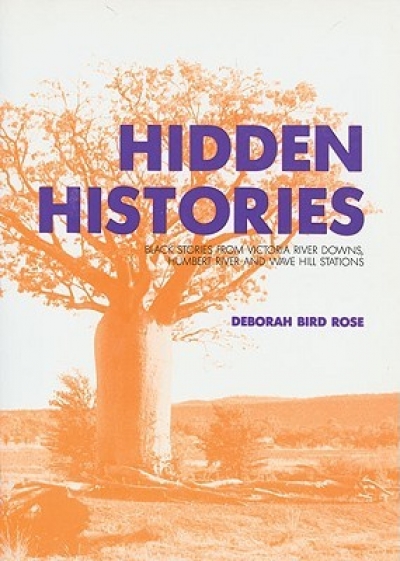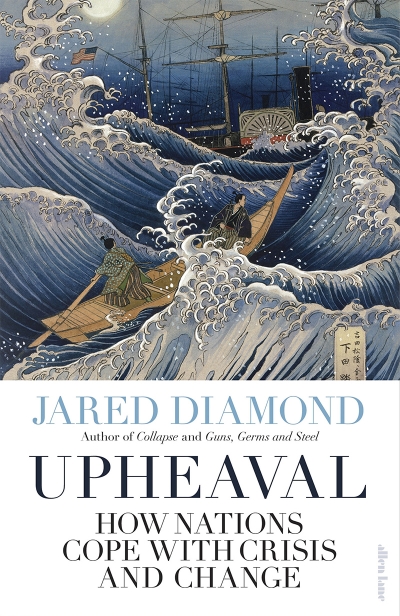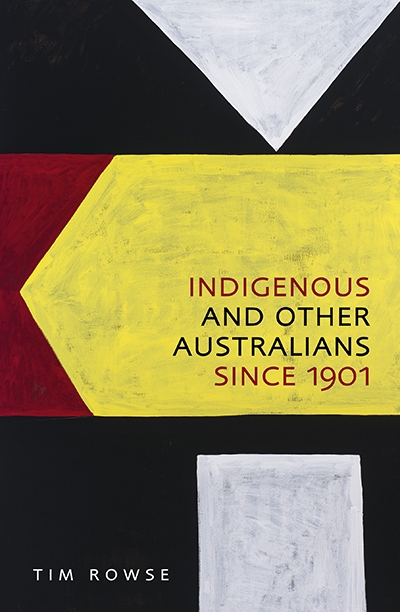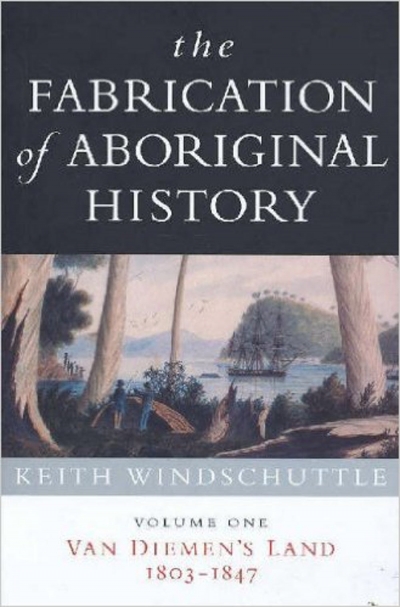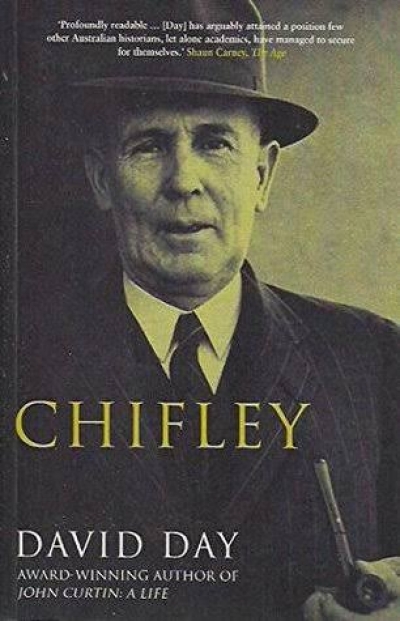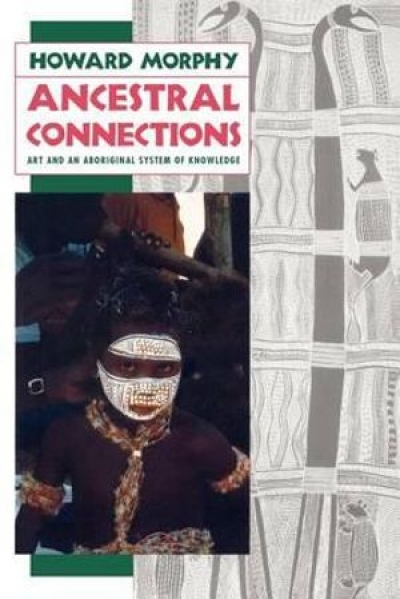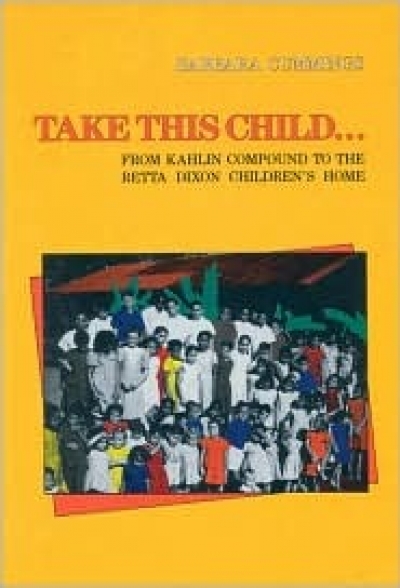Tim Rowse
Hidden Histories: Black stories from the Victoria River Downs, Humbert River and Wave Hill stations by Deborah Bird Rose
by Tim Rowse •
Comments from John Miller, Barry Oakley, Davd Fitzpatrick, Claire Rhoden, and Robert Wills.
... (read more)To the layperson, the shifts and variations in government policy and its effects on Aboriginal lives can be bewildering, even during the past decade. Tim Rowse has done a great service by analysing more than a century of this tangled history, locating its patterns and its driving forces and making sense of it ...
... (read more)The Quiet Revolution: Indigenous People and the Resources Boom (2012 Boyer Lectures) by Marcia Langton
by Tim Rowse •
The Fabrication of Aboriginal History: Volume one, Van Diemen’s Land 1803–1847 by Keith Windschuttle
by Tim Rowse •
Ancestral Connections: Art and an Aboriginal system of knowledge by Howard Morphy
by Tim Rowse •
Mining and Indigenous Peoples in Australasia edited by J. Connell and R. Howitt & Aborigines and Diamond Mining edited by R.A. Dixon and M.C. Dillon
by Tim Rowse •

